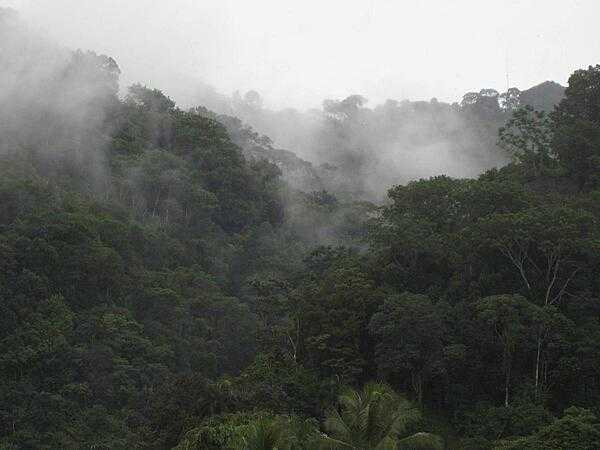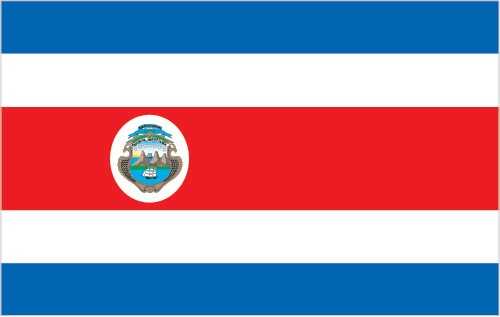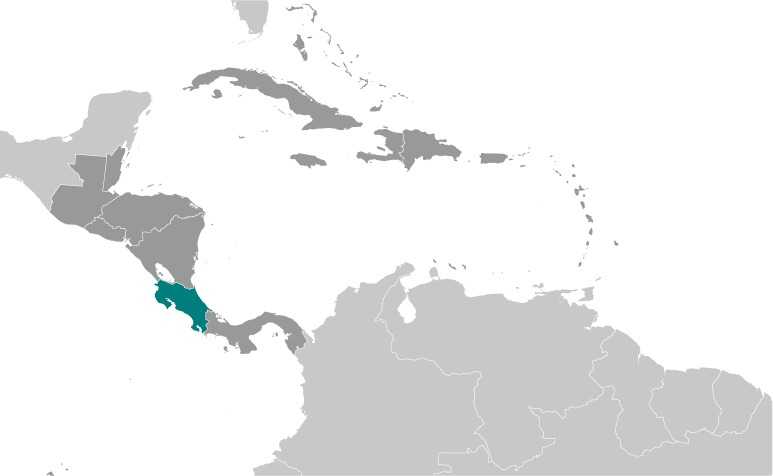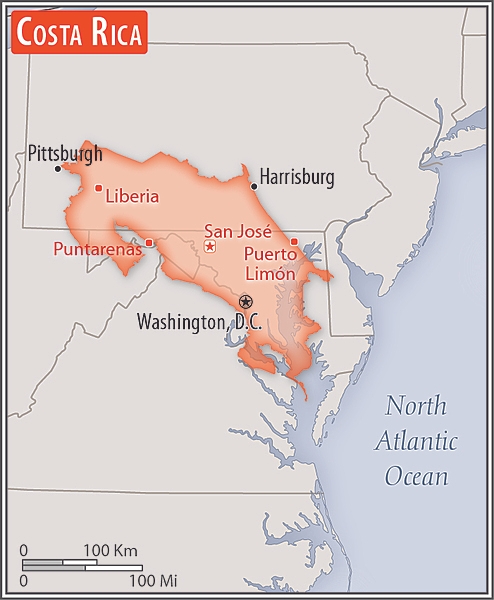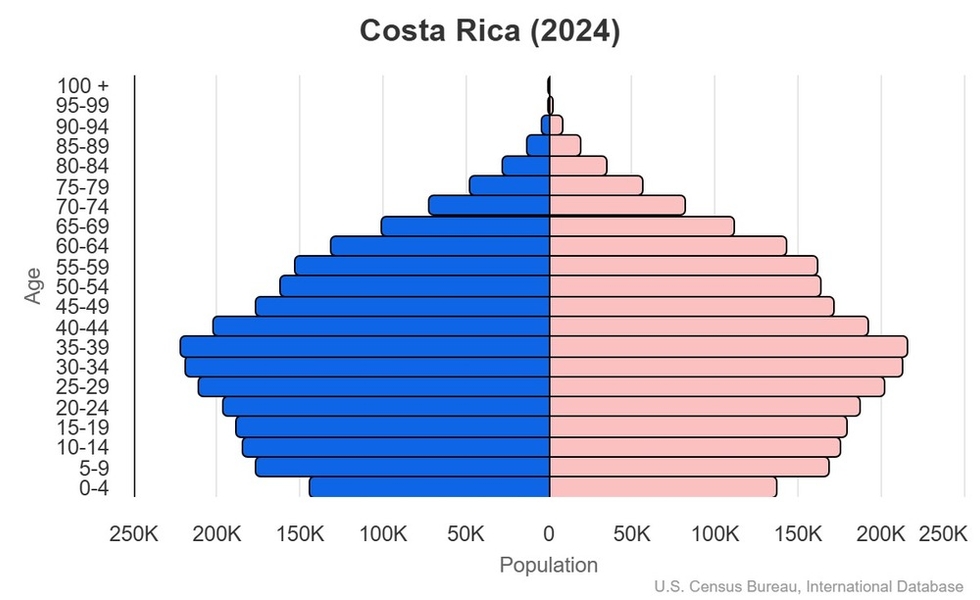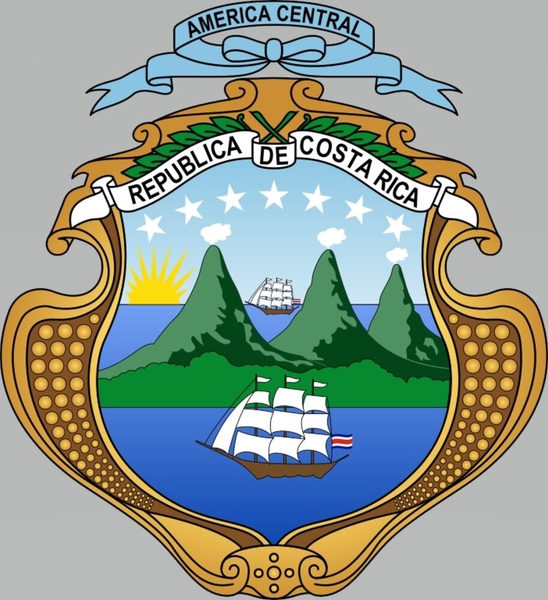Introduction
Visit the Definitions and Notes page to view a description of each topic.
Geography
People and Society
Population
comparison rankings: total 123; male 123; female 124
Languages
Median age
comparison ranking: total 96
Population growth rate
comparison ranking: 119
Birth rate
comparison ranking: 171
Death rate
comparison ranking: 188
Net migration rate
comparison ranking: 52
Maternal mortality ratio
comparison ranking: 120
Infant mortality rate
comparison ranking: total 158
Life expectancy at birth
comparison ranking: total population 54
Total fertility rate
comparison ranking: 210
Obesity - adult prevalence rate
comparison ranking: 48
Alcohol consumption per capita
comparison ranking: total 113
Tobacco use
comparison ranking: total 142
Children under the age of 5 years underweight
comparison ranking: 82
Education expenditure
comparison ranking: Education expenditure (% GDP) 29
Environment
Carbon dioxide emissions
comparison ranking: total emissions 116
Government
Economy
Real GDP (purchasing power parity)
comparison ranking: 87
Real GDP growth rate
comparison ranking: 60
Real GDP per capita
comparison ranking: 86
Inflation rate (consumer prices)
comparison ranking: 3
GDP - composition, by sector of origin
comparison rankings: agriculture 123; industry 133; services 43
Industrial production growth rate
comparison ranking: 60
Labor force
comparison ranking: 123
Unemployment rate
comparison ranking: 133
Youth unemployment rate (ages 15-24)
comparison ranking: total 42
Gini Index coefficient - distribution of family income
comparison ranking: 15
Taxes and other revenues
comparison ranking: 100
Current account balance
comparison ranking: 137
Reserves of foreign exchange and gold
comparison ranking: 71
Debt - external
comparison ranking: 40
Energy
Electricity
comparison rankings: installed generating capacity 103; consumption 105; exports 72; imports 116; transmission/distribution losses 100
Energy consumption per capita
comparison ranking: 116
Communications
Telephones - fixed lines
comparison ranking: total subscriptions 81
Telephones - mobile cellular
comparison ranking: total subscriptions 109
Broadband - fixed subscriptions
comparison ranking: total 75
Transportation
Merchant marine
comparison ranking: total 157
